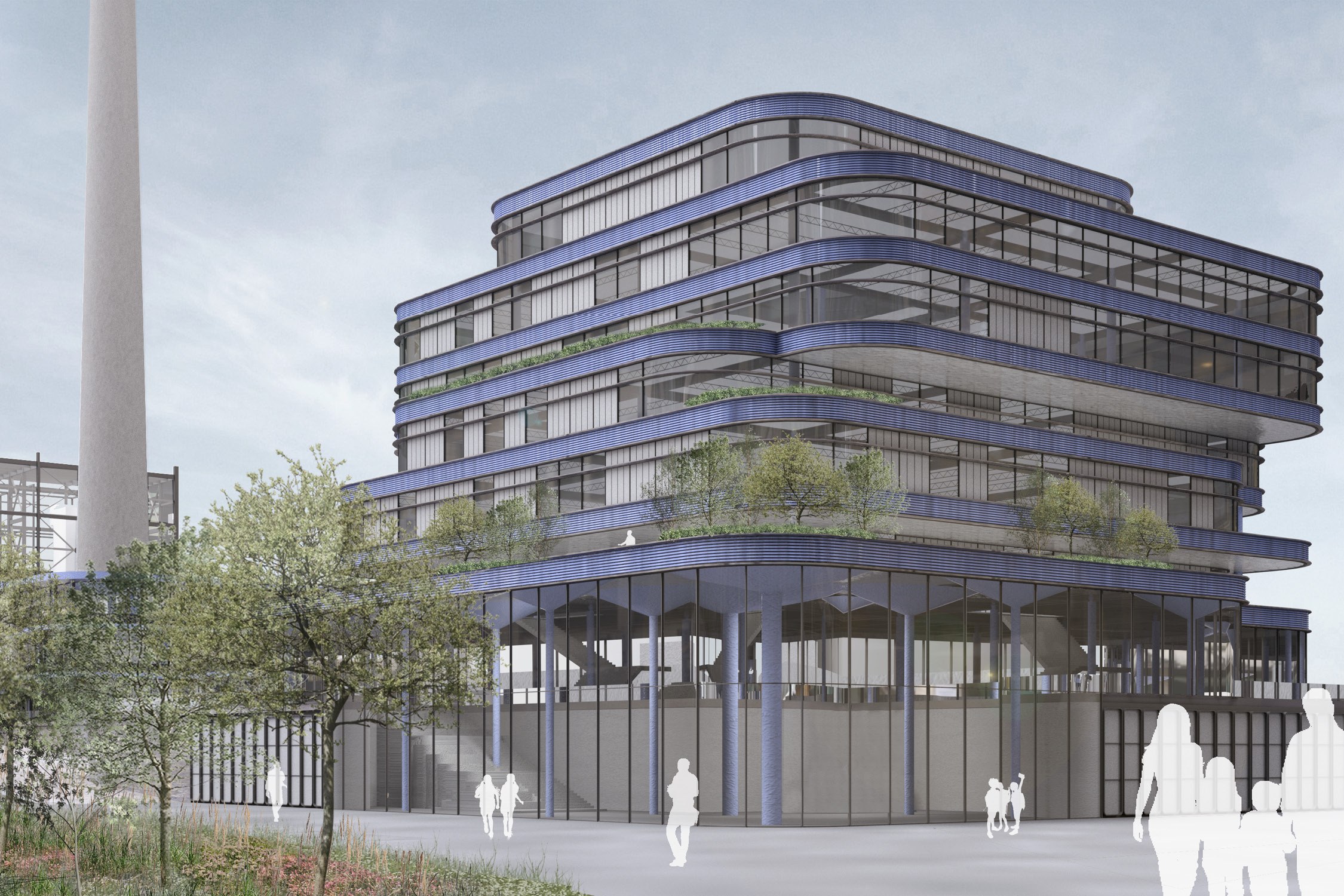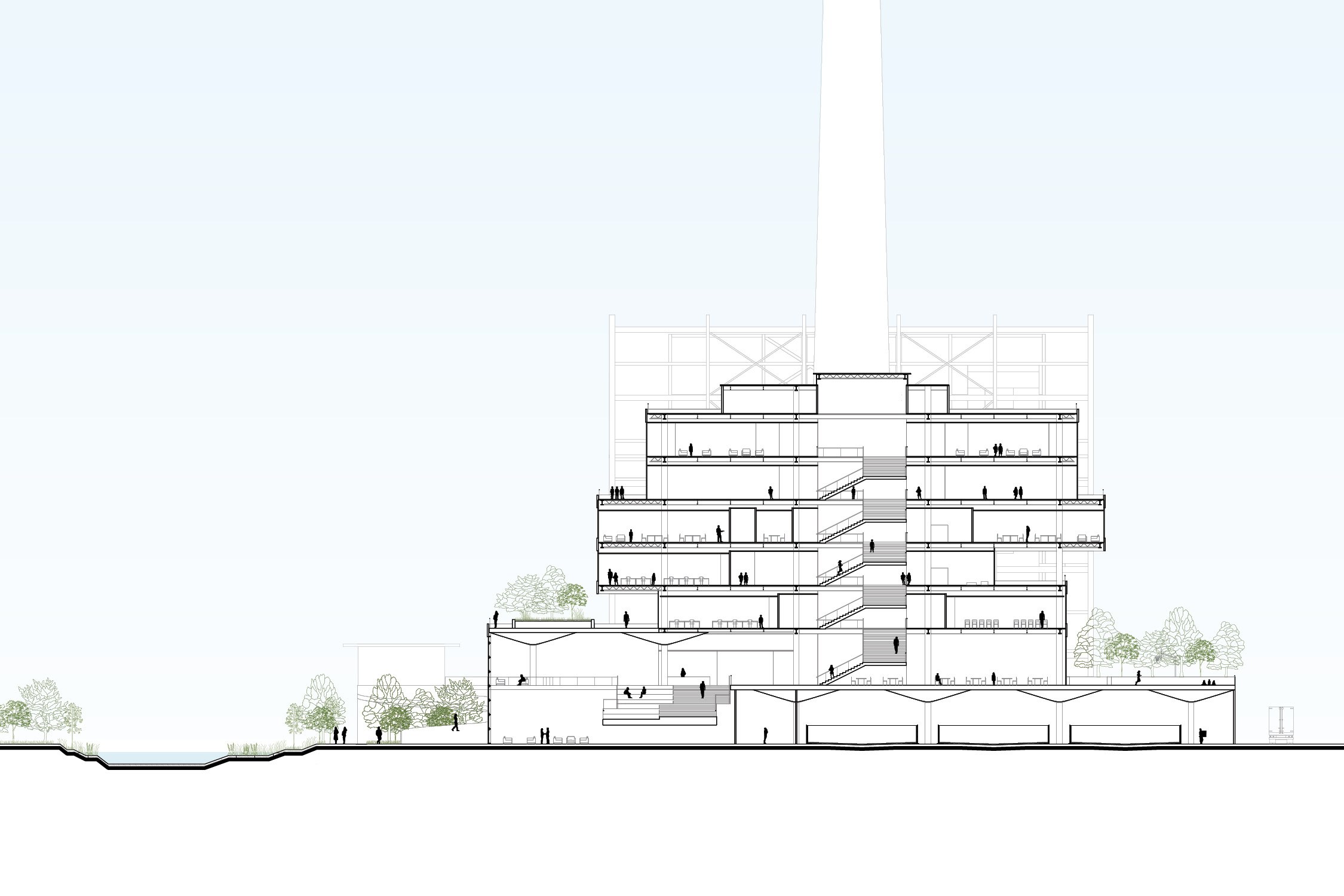Thesis Highlights
"The Post-Industrial Chicago River"

EVan warder, 2021
“The Post-Industrial Chicago River: A Social, Productive, and Ecological Urban Structure”
Urban centers around the world have witnessed the disappearance of the industry that once defined their livelihood. Rivers were often the structural elements that allowed prosperity for industrial cities, but as the industry depleted, the core values of the rivers were lost. Chicago, a city founded on the notion of industrial capabilities and its placement along a river, struggles with this identity crisis. Today, evidence that industry had lined the waterfront is minimal, but this identity remains visible along the south branch. Like many cities, Chicago has changed its attitude toward the river from a shipping asset and sewer to a space for experiencing nature and leisure in a dense urban environment. For the south branch of the river, which still holds its industrial identity despite the fading industry, the challenge is defining the best way to reform the river as an asset for the citizens. Can industry be reimagined to provide the city with a space that is a socially developing, sustainably productive, and ecologically restorative for the people and the river?
The Pilsen Industrial Corridor, a zone bordering the south branch of the Chicago River, is still clearly defined by an industrial framework. The Fisk Generating Plant is a lasting scar of the former industry, a major coal power plant that was closed in response to its polluting nature. The redevelopment of this site will have a significant impact socially and politically, giving it an opportunity to anchor the positive future of the industrial corridor. As the citizens fight against gentrification today, the need for new jobs is exacerbated with growing populations and declining productivity. As the city continues to grow, access to reliable food systems has become a luxury more than an expectation. The destruction of the fishing industry and the expense of importing all produce has removed the ability for many residents to buy and eat fresh food.
The varying approaches to post-industrial development in the last three decades have been one-dimensional. Cities that have attempted comprehensive plans for these sites have focused on commercial development, parks, cultural centers, technology districts, or continuing productivity, but these rarely overlap. With growing fears of gentrification and job loss, cities are now starting to imagine what a reinvestment in their industrial centers may look like in the future.
Chicago presents the opportunity to combine several of these approaches through reinvestment in productivity that provides jobs and needed food through high-density vertical farming and aquaculture. Productive space combined with a school, market, café, shared kitchen, and restaurant provide extensive value to the communities without risking their ability to continue to inhabit their neighborhood. By connecting the community to the river through an extensive public space with ecological restoration of the site, a sustainable relationship can be established between industry and the river. This radical model of integration of an industrial zone into the social fabric of Chicago could become a model for cities of the future to address their post-industrial riverfronts.
Faculty Thesis Director: Iñaki Alday
WORK





